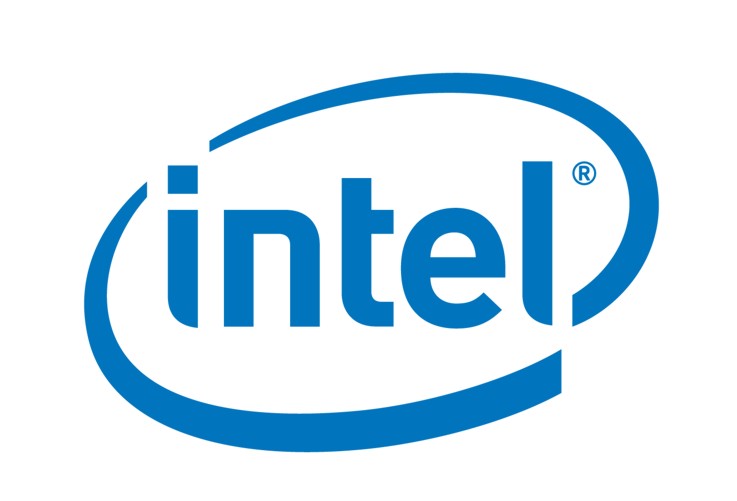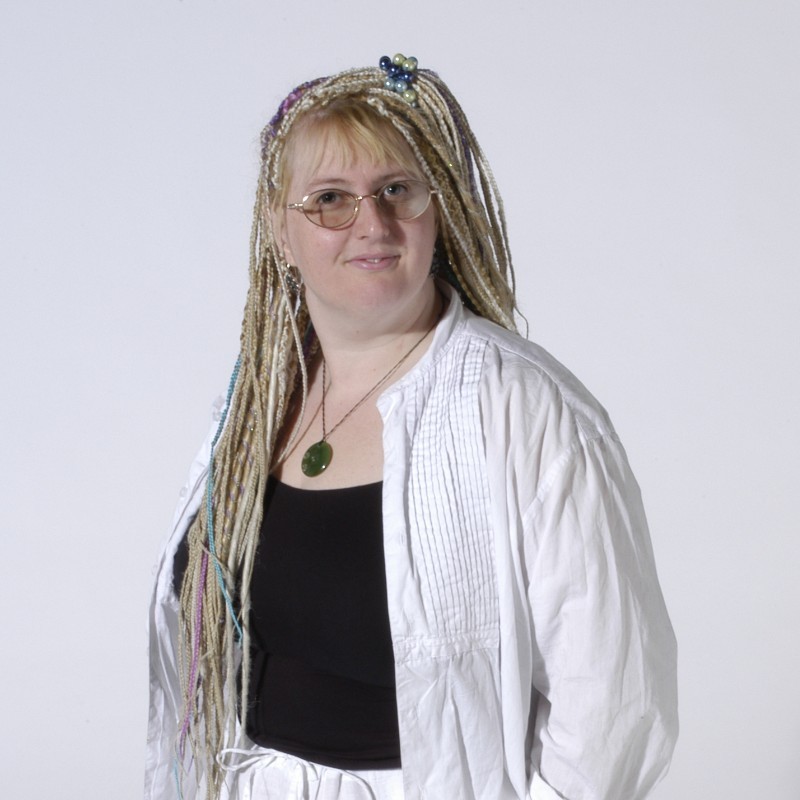CES 2008: Intel envisages personal, more predictive web
Intel predicts augmented reality and a mobile internet that comes to you.


The mobile internet will go far beyond access to web pages and RSS feeds on portable devices, offering augmented reality with real-time translation and proactive, predictive and context-aware information, according to Intel's president and chief executive Paul Otellini
"Rather than us going to the internet, the internet will come to us," he said during his keynote speech at the Consumer Electronics Show (CES) 2008 in Las Vegas. "The personal internet of tomorrow will serve you - delivering the information you want, when you want it, how you want, wherever you are."
He demonstrated this with a pocked-sized mobile PC prototype with features designed to help travellers, translating screen signs and spoken conversation from Mandarin to English, retrieving restaurant reviews as well as translating a menu printed in Chinese and overlaying information like which businesses are located in the buildings along a street.
The software for the demonstration was running on multicore PCs backstages but these features could be on mainstream computing devices in three to five years, according to Otellini. But, he said, only if the industry can overcome four obstacles, including the need for ubiquitous high-speed wireless broadband.
Microprocessors will need to have "exponentially more power and to use exponentially less power," he said.
Otellini used his keynote to give the first public demonstration of Canmore, Intel's PC on a single chip designed for portable media devices, which combines a processor core, dedicated A/V processing that can play 1080p video with 7.1 surround sound, a 3D graphics processor and a TV tuner.
He also showed a prototype mobile internet device from Toshiba running a full version of Windows Vista and Adobe AIR, calling it "a no-compromise web experience in an ultra low power device small enough to fit in your pocket or purse, the full internet in your pocket including streaming video, Java and Flash." This was built on Intel's Menlow platform, a processor and chipset combination due to ship in the second half of 2008 that uses only one watt of power.
Sign up today and you will receive a free copy of our Future Focus 2025 report - the leading guidance on AI, cybersecurity and other IT challenges as per 700+ senior executives
Otellini complained about the "hit and miss" nature of online search and claimed that the internet today lacks context. He said: "We need to move from a world where you are searching for information to where the internet searches for you." Although he did note that this requires disclosing personal information and said there were privacy issues to tackle.
Finally, Otellini suggested that natural interfaces like touch, gestures and speech would solve the problem of user interfaces on small devices, citing the popularity of the Wii. This kind of engaging interaction will move beyond games, he said; "we will use the same technologies for medical care, emergency response, for consumers and enterprise alike."
Mary is a freelance business technology journalist who has written for the likes of ITPro, CIO, ZDNet, TechRepublic, The New Stack, The Register, and many other online titles, as well as national publications like the Guardian and Financial Times. She has also held editor positions at AOL’s online technology channel, PC Plus, IT Expert, and Program Now. In her career spanning more than three decades, the Oxford University-educated journalist has seen and covered the development of the technology industry through many of its most significant stages.
Mary has experience in almost all areas of technology but specialises in all things Microsoft and has written two books on Windows 8. She also has extensive expertise in consumer hardware and cloud services - mobile phones to mainframes. Aside from reporting on the latest technology news and trends, and developing whitepapers for a range of industry clients, Mary also writes short technology mysteries and publishes them through Amazon.
-
 Microsoft wants to replace C and C++ with Rust by 2030
Microsoft wants to replace C and C++ with Rust by 2030News Windows won’t be rewritten in Rust using AI, according to a senior Microsoft engineer, but the company still has bold plans for embracing the popular programming language
-
 Google drops $4.75bn on data center and energy firm Intersect
Google drops $4.75bn on data center and energy firm IntersectNews The investment marks the latest move from Google to boost its infrastructure sustainability credentials
